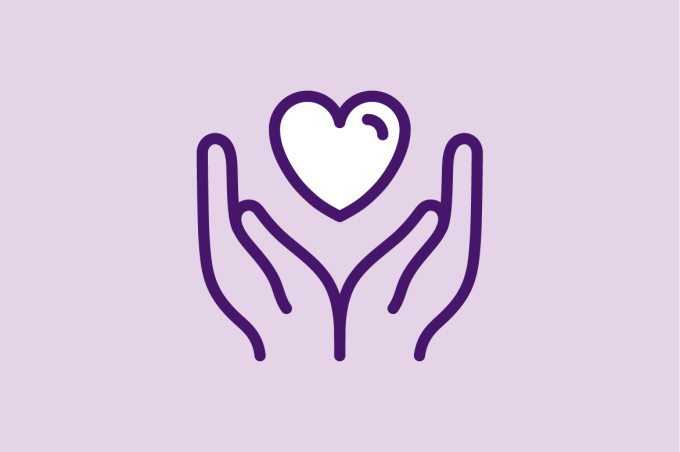The COVID-19 public health emergency introduced physicians all over the world to the potential of virtual care, but internist Matthew Sakumoto, MD, was experimenting with it long "before it was cool," he said.
Dr. Sakumoto, who is a virtual-first internist and chief medical information officer for Sutter West Bay Region, believed that telehealth could create countless new opportunities that benefit both physicians and patients.
And he was right.
"I really liked the idea of providing care beyond clinic walls," he said. "You can only fit so many patients through the doors of a clinic in a day. You can really multiply that and have that effect” with virtual care.
Sutter Health is a member of the AMA Health System Program that provides enterprise solutions to equip leadership, physicians and care teams with resources to help drive the future of medicine.
Dr. Sakumoto spoke about what it means to be a virtual-first primary care physician and offered tips on how to impactfully communicate digitally with patients in a recent episode of “AMA Update.”
Life as a virtual-first physician
Dr. Sakumoto's title may emphasize the virtual component of his job, but he is still a primary care physician.
"There is no typical day, and I think that's the beauty of it," he said. "I have a lot of what I call 'unstructured time.'"
That lack of structure gives Dr. Sakumoto the flexibility to respond to patient messages and determine whether video visits—or even in-person visits—are needed. It's his belief that the virtual aspect of his job enables him to devote more attention and better care to patients than if he only offered in-person care.
"We get the right patient to the right level of care at the right time," he said.
From AI implementation to EHR adoption and usability, the AMA is fighting to make technology work for physicians, ensuring that it is an asset to doctors—not a burden.
The key to digital communication
While COVID-19 brought telehealth to the forefront, it also brought an influx of patients who used patient portal messaging systems to communicate with their physicians. The patient portal inbox makes physicians more accessible to their patients, which has its pros and cons.
The key, according to Dr. Sakumoto, to making this digital communication work is clear communication from the outset.
"One thing that I think is super important is acknowledging receipt of the message," he said. "A lot of patients feel like they send a message in and it sort of goes out into the ether."
Even if Dr. Sakumoto does not have an immediate answer to his patients' questions, he makes sure to send a note and let them know he received their message. Doing so closes the loop of communications and gives patients a sense of ease, he said.
Dr. Sakumoto also spends a few extra seconds personalizing his messages so that patients know they are getting a response from a human and not a robot or some form of augmented intelligence.
Delivering that type of prompt, personalized response could become burdensome if not handled systematically. That is why Sutter West Bay Medical Group creates care pods to manage digital communications. This means that Dr. Sakumoto works with the same medical assistant and the same nurse practitioner or physician assistant.
In some cases, the medical assistant will send the first response to the patient and Dr. Sakumoto will send a follow-up. In other instances, the nurse practitioner may be the first to respond.
"It's almost like basketball where you're passing the ball around," Dr. Sakumoto said. "That feeling really protects against burnout because you feel you're part of a team."
As the leader in physician well-being, the AMA is reducing physician burnout by removing administrative burdens and providing real-world solutions to help doctors rediscover the Joy in Medicine™.
“AMA Update” is your source for physician-focused news. Hear from physicians and other experts on trending public health concerns, practice issues and more—because who’s doing the talking matters. Catch every episode by subscribing to the AMA’s YouTube channel or listen to all AMA podcasts at ama-assn.org/podcasts.




